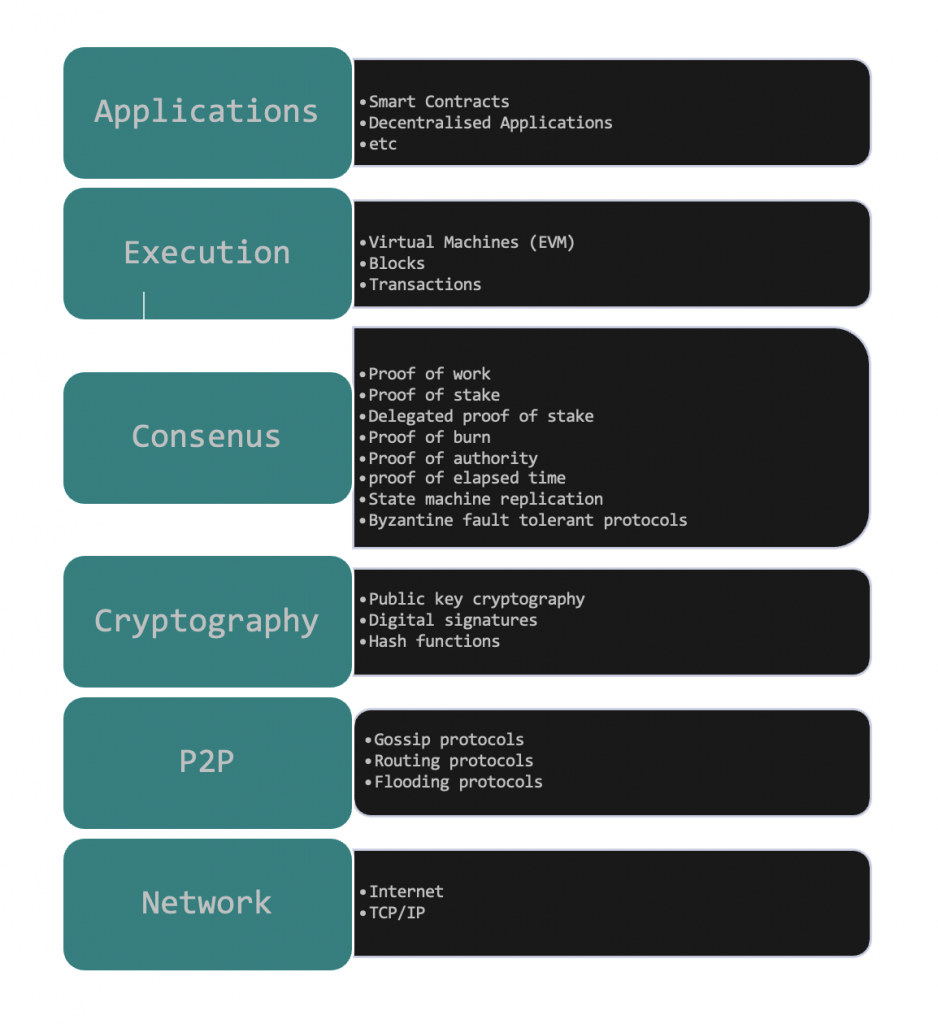What is the Blockchain?
We refer to a paper written by the mysterious Satoshi Nakamoto, titled, Bitcoin: A Peer-to-Peer Electronic Cash System. The paper is available: https://bitcoin.org/bitcoin.pdf
You will notice that throughout this paper the term ‘Chain of blocks’ is used, over time this turned into what we all know and call today the Blockchain.
A good place to start from is to see a definition and break this down into its fundamental concepts and meanings.
Blockchain is a peer-to-peer, distributed ledger which is cryptographically secure, immutable, and updateable only by consensus among peers.
Let’s break this down and discuss what each concept means at a high level.
Peer-to-Peer – Is a decentralised communications model where there is no key controller within the network. All nodes talk to each other directly. They key takeaway from this is that transactions are conducted directly amongst these peers without any third-party involvement.
Distributed Ledger – This simply means that the ledger is spread across the network and each peer holds a copy of this ledger.
Cryptography – Cryptographically Secure using public key cryptography to secure the ledger against tampering and misuse
Immutable – Data which is added to the blockchain is almost impossible to change. In theory, data added to blocks cannot be changed thus making them tamper proof.
Consensus – This is the power of decentralisation. Information is added after consensus has been reached among all participating nodes on the network. Consensus algorithms are various but ensure all parties agree things are true.
We can now extract the core values for the Blockchain.
- Decentralisation
- Censorship Resistance
- Transparency
- Immutability
We can also summarise blockchain as follows.
- Distributed on Nodes
- Transactions
- Immutable
- Blocks
- Public Ledger
Blockchain architecture can be considered a layer within a distributed Peer-to-Peer network which runs on top of the internet and is comparable to other protocols and those who understand the OSI layer, this concept will be familiar.

If you want to learn more about blockchain/web3 we go into much further detail in our blockchain hacking course HERE